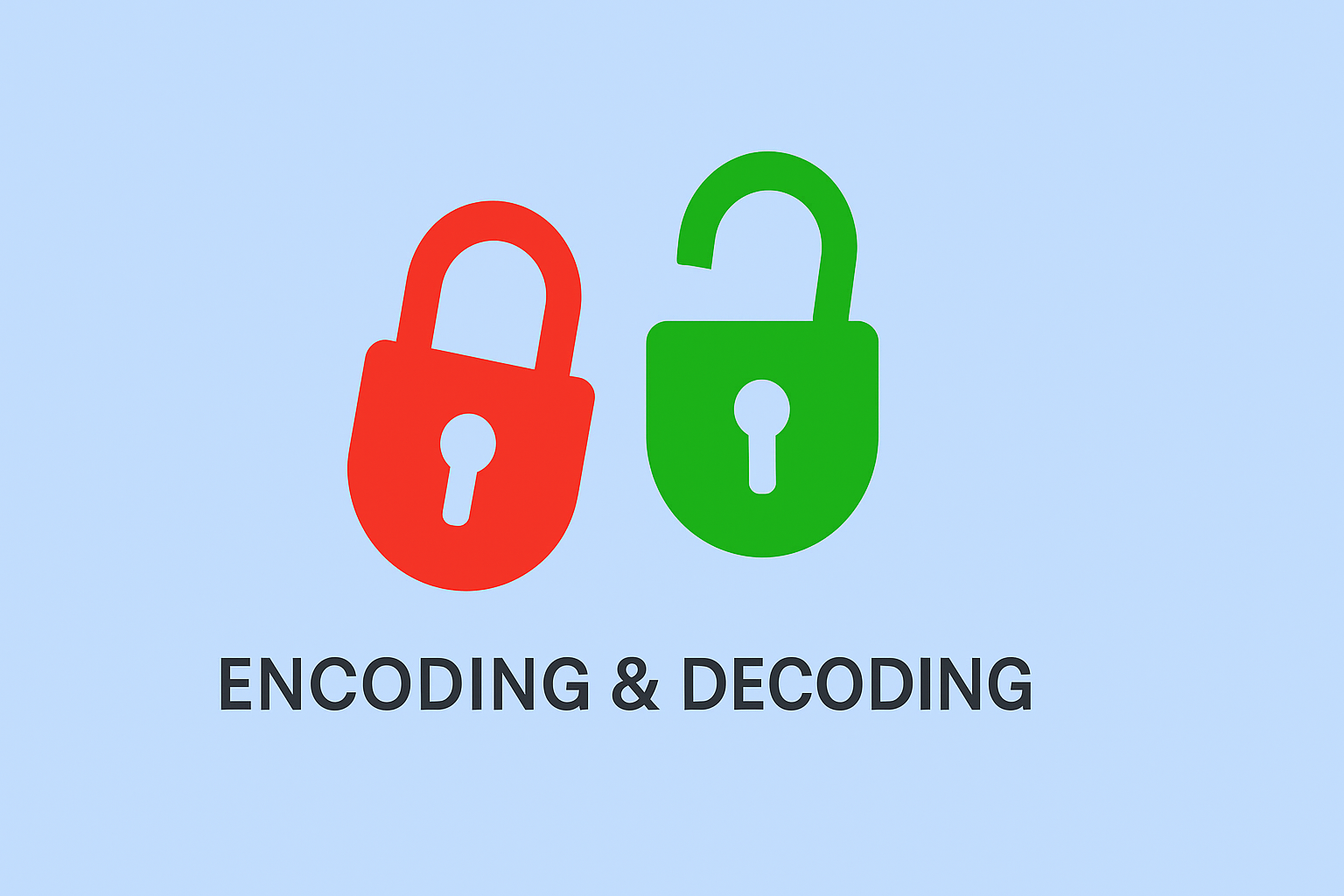
13
URL Encoding & Decoding: Why It Matters
Learn why URL encoding and decoding matter, how they work, and the best tools to use for secure and error-free web development.
URL Encoding & Decoding: Why It Matters and How to Use URL Tools
Introduction: The Hidden Language of the Web
Have you ever clicked a link and noticed strange symbols like %20 or %3A in the address bar? That’s not an error—it’s URL encoding at work. While most users ignore these characters, for developers, marketers, and SEO professionals, understanding URL encoding and decoding is crucial.
URLs are the backbone of the web. But not all characters can travel safely through the internet. That’s why encoding and decoding exist—to ensure consistency, security, and compatibility. In this guide, you’ll learn:
- What URL encoding and decoding mean.
- Why they matter for SEO and web development.
- Practical examples and common mistakes.
- The best tools to encode and decode URLs safely.
Let’s dive in.
What Is URL Encoding?
The Basics of URL Encoding
URL encoding, also known as percent encoding, is the process of converting characters into a format that can be safely transmitted in a URL.
For example:
- Space ( ) → %20
- Colon (:) → %3A
- Question mark (?) → %3F
This ensures browsers and servers interpret URLs consistently.
Why Do We Need Encoding?
Not all characters are allowed in URLs. For example:
- Reserved characters like ?, =, and & have special meanings.
- Spaces and non-ASCII characters break URLs.
Encoding solves these problems by converting unsafe characters into standard ASCII codes.
What Is URL Decoding?
The Reverse Process
URL decoding is the process of taking an encoded URL and converting it back to its original form.
For example:
- %20 → Space
- %3F → ?
- %2F → /
Decoding is crucial when you receive encoded URLs from APIs, databases, or query strings and need to extract meaningful data.
URL Encoding vs Decoding: A Simple Analogy
Think of encoding as packing a fragile item in a box with bubble wrap for shipping. Decoding is like unpacking the box to reveal the item in its original form. Both processes ensure safe travel and usability.
Common Use Cases for URL Encoding & Decoding
1. Query Strings in URLs
If you pass data in a query string, you must encode it.
Example:
https://example.com/search?q=hello world
Becomes:
https://example.com/search?q=hello%20world
2. Handling Special Characters
Characters like &, ?, and = can confuse servers. Encoding them avoids misinterpretation.
3. Internationalization
Non-English characters (e.g., ñ, ü, あ) need encoding to ensure global compatibility.
4. API Communication
APIs often require encoded parameters to avoid errors.
5. SEO and Link Building
Search engines prefer clean, properly encoded URLs. Broken or improperly encoded URLs can hurt rankings.
Step-by-Step Guide: How to Encode & Decode URLs
Step 1: Identify Unsafe Characters
Characters that need encoding include:
- Reserved characters (?, =, &, /)
- Spaces and tabs
- Non-ASCII characters
Step 2: Choose an Encoding Method
- Percent Encoding: Replaces characters with % followed by two hex digits.
- Base64 Encoding: Sometimes used in URLs for complex data (though less common).
Step 3: Use Programming Languages
Encoding in JavaScript
// Encode let url = "https://example.com/search?q=hello world"; let encoded = encodeURIComponent(url); console.log(encoded); // Decode let decoded = decodeURIComponent(encoded); console.log(decoded);
Encoding in Python
import urllib.parse # Encode url = "https://example.com/search?q=hello world" encoded = urllib.parse.quote(url) print(encoded) # Decode decoded = urllib.parse.unquote(encoded) print(decoded)
Encoding in PHP
<?php // Encode $url = "https://example.com/search?q=hello world"; $encoded = urlencode($url); echo $encoded; // Decode $decoded = urldecode($encoded); echo $decoded; ?>
Tools for URL Encoding & Decoding
Online Tools
- URL-Encode-Decode.com – Simple and reliable.
- CyberChef – Advanced encoding and decoding.
- FreeFormatter.com – Supports multiple encoding types.
Browser Extensions
- Chrome and Firefox extensions can instantly encode/decode highlighted text.
Built-in Tools
- Most programming languages provide encoding/decoding libraries.
SEO Implications of URL Encoding
Clean URLs Are Crucial
Search engines prefer clean, readable URLs. For example:
- Bad: https://example.com/search?q=hello%20world%21
- Good: https://example.com/search?q=hello-world
Avoid Over-Encoding
Encoding an already encoded URL (double encoding) leads to broken links. Example:
- %2520 instead of %20.
International SEO
Proper encoding ensures multilingual URLs display correctly in SERPs.
Common Mistakes to Avoid
- Double Encoding
Encoding a URL twice results in errors. Always check before applying encoding. - Encoding Entire URLs
Only encode query parameters or unsafe parts, not the whole URL. - Forgetting to Decode
Always decode when processing query strings or API responses. - Neglecting SEO
Messy encoded URLs reduce readability and click-through rates.
Real-World Example: E-Commerce Sites
An online store passed product names in query strings without encoding:
https://shop.com/product?name=Men's Shoes & Bags
Result: The server misread the & as a new parameter.
Fix:
https://shop.com/product?name=Men%27s%20Shoes%20%26%20Bags
Advanced Tips for Developers
Use encodeURIComponent() vs encodeURI() in JavaScript
- encodeURIComponent: Encodes everything except letters, numbers, - _ . ! ~ * ' ( ). Best for query strings.
- encodeURI: Encodes entire URLs but leaves reserved characters like ? and &.
Automate Encoding
Use frameworks or middleware that handle encoding automatically to avoid mistakes.
Future of URL Handling
With the rise of internationalized domain names (IDNs) and complex APIs, URL encoding will only grow in importance. Tools will evolve, but the core principle remains: keep URLs safe, compatible, and readable.
Conclusion: Take Control of Your URLs
URL encoding and decoding may seem technical, but they’re vital for developers, marketers, and SEO professionals. By understanding and applying these practices, you’ll:
- Prevent broken links and server errors.
- Improve SEO with clean, readable URLs.
- Ensure global compatibility and better user experience.
Call to Action: Start using URL tools today—whether online encoders, browser extensions, or built-in programming functions. Clean, safe URLs aren’t just good practice—they’re the foundation of a trustworthy web presence.
Contact
Missing something?
Feel free to request missing tools or give some feedback using our contact form.
Contact Us